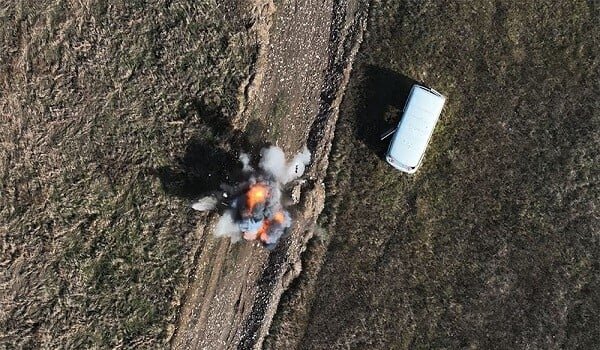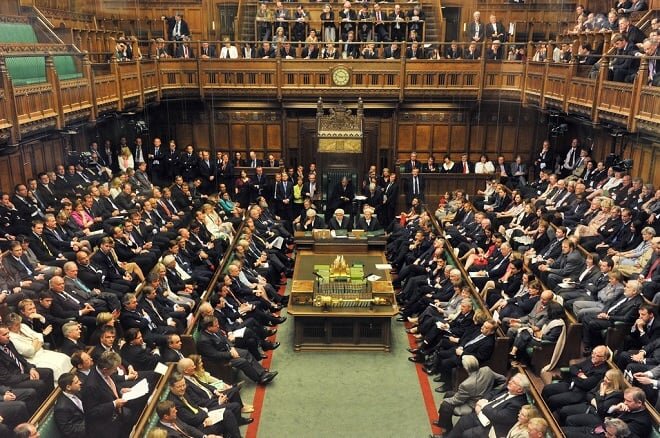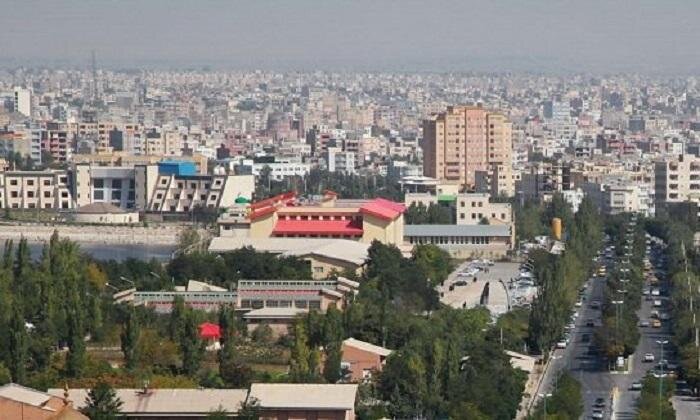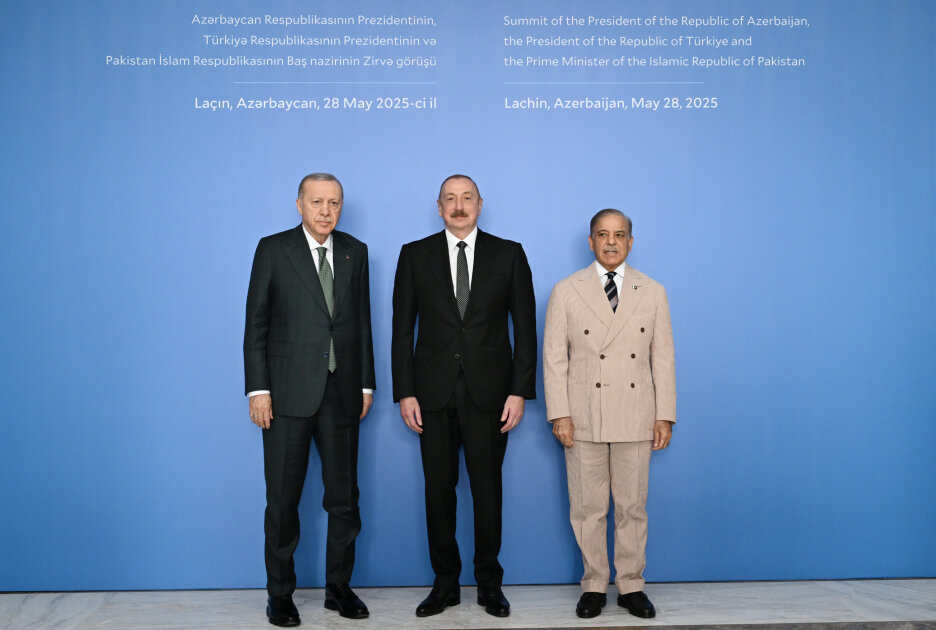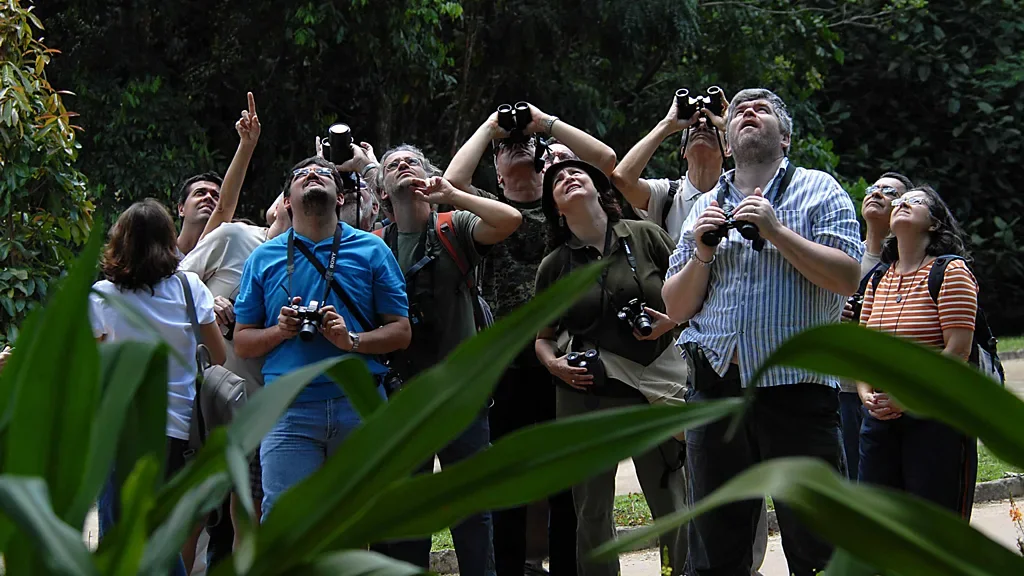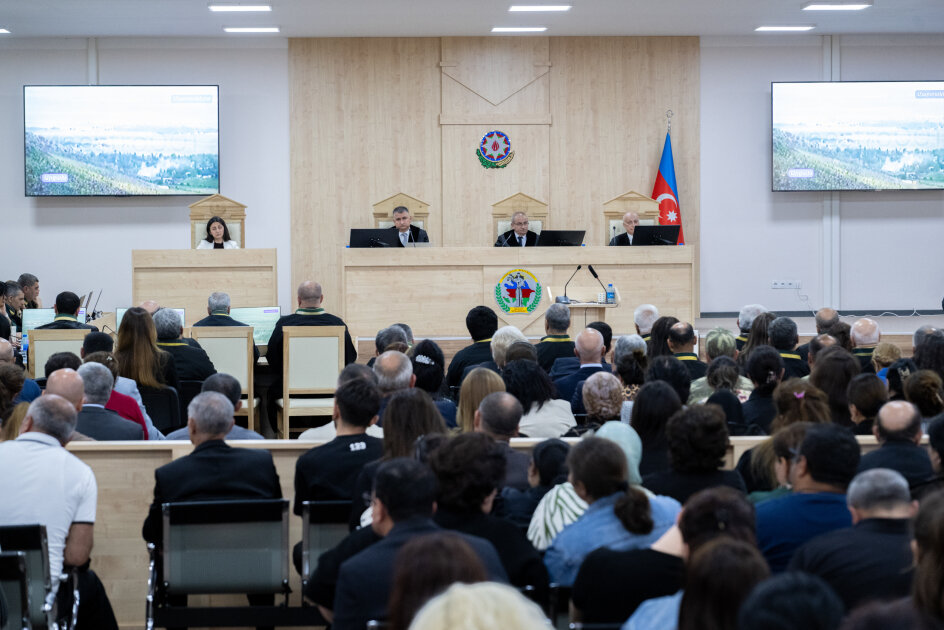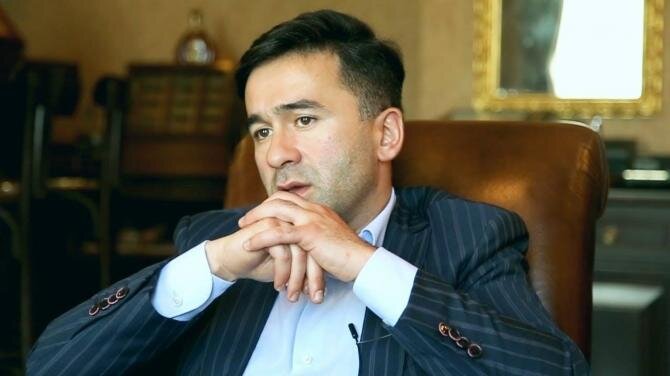‘The Grandparents’: Mysterious 3,000-year-old Mayan city unearthed in Guatemala
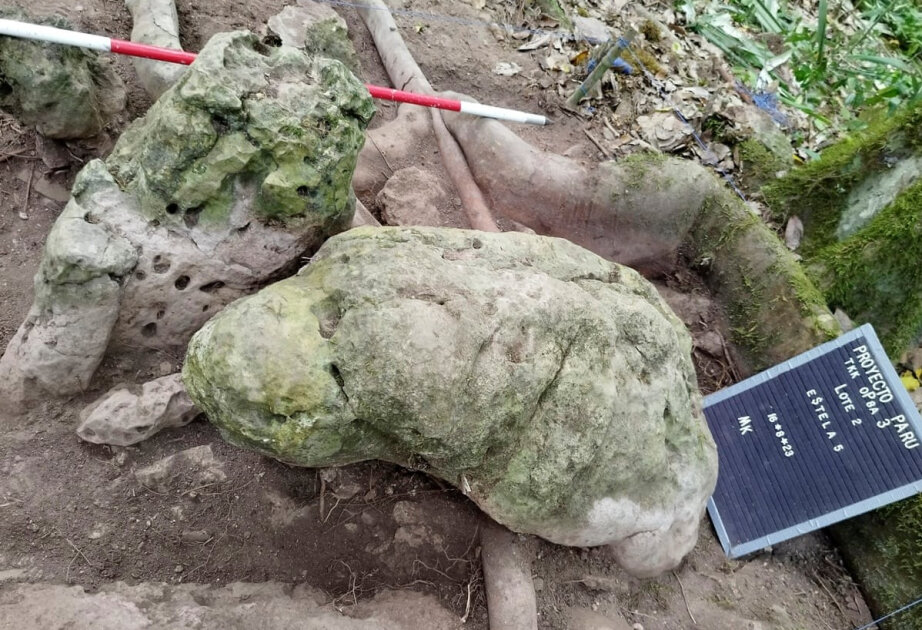 Evidence of a mysterious Mayan city has been uncovered in Guatemala, a Central American country south of Mexico, according to Interesting Engineering.
Evidence of a mysterious Mayan city has been uncovered in Guatemala, a Central American country south of Mexico, according to Interesting Engineering.
Archaeologists have recently unearthed the remarkable remains of a settlement nearly 3,000 years old.
This ancient metropolis has been named “Los Abuelos” – Spanish for “The Grandparents.” It is located close to a well-known archaeological site of Uaxactun, in the Petén department of Guatemala.
The Mayan civilization was a highly advanced and influential Mesoamerican culture that left a lasting legacy on history. The roots of the Mayan civilization can be traced back to roughly 2000 BC.
The period between 400 and 900 AD is considered the Classic Period and represents the peak of Mayan civilization.
The civilization thrived in what is now southern Mexico, Guatemala, Belize, El Salvador, and Honduras. In the 16th century, the arrival of the Spanish resulted in the conquest of the last independent Mayan kingdoms.
The ongoing archaeological discoveries continue to reveal new insights into this extraordinary civilization.
A collaborative team of Guatemalan and Slovak archaeologists recently discovered this 16 sq km (6 sq miles) ancient city within previously unexamined parts of Guatemala’s Uaxactun park.
Dating back to the Middle Preclassic period, between 800 and 500 BC, Los Abuelos is believed to have been a ceremonial hub in the early development of Mayan culture in this now jungle region.
The Guardian reported that the Guatemalan culture ministry has described the site as possessing “remarkable architectural planning,” featuring pyramids and monuments adorned with “unique iconography from the region.”
This suggests a sophisticated level of societal organization and artistic expression at an early stage of Mayan civilization.
Interestingly, the city’s name originates from the discovery of two human-like sculptures depicting what archaeologists believe to be an “ancestral couple.”
These figures, dating from 500 to 300 BC, offer a compelling glimpse into the ancient ritual practices of ancestor worship that may have been central to the beliefs of the inhabitants of Los Abuelos.
Adjacent to the newly discovered city, researchers also uncovered a 33-meter (108 ft) pyramid adorned with Preclassic period murals and featuring a unique canal system.
This has led researchers to believe these three sites formed a previously unknown urban triangle.
“The set of these three sites forms a previously unknown urban triangle … These findings allow us to rethink the understanding of the ceremonial and socio-political organization of pre-Hispanic Petén,” said the ministry as reported by AFP.
This exciting discovery follows the recent unearthing of a 1,000-year-old altar from Mexico’s Teotihuacán culture at Tikal, another important Mayan site in the Petén region.
These findings continue to shed light on the complex interactions and connections between different pre-Hispanic cultures across Mesoamerica.
In October 2024, archaeologists announced the discovery of over 6,500 previously unknown Maya structures in southeastern Mexico, including a mysterious city featuring grand pyramid-like structures.

